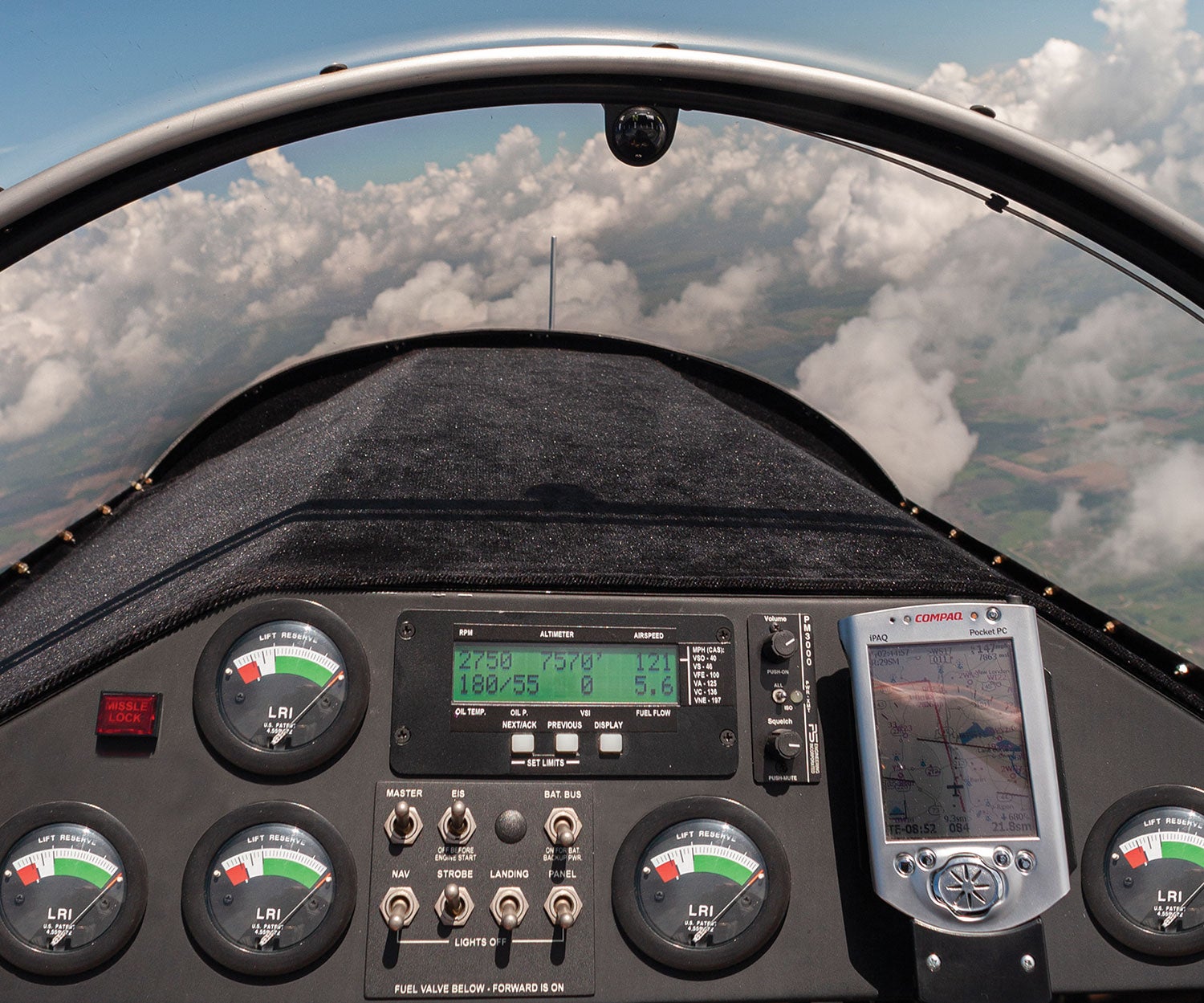I’ve participated in countless conversations with homebuilders that included the phrase, “Just in case.” The phrase is usually used while discussing flight safety scenarios and, to a lesser degree, building concerns, like a fear of committing to permanent fasteners. The “just in case” comments remind me of my first day of Basic Military Training when 50 teens were given an open forum to ask our training instructor what we could expect in the next six weeks. After all, only days before we were flipping burgers, ushering at movie theaters, and coming and going as we pleased. What did we know about military life?

The questions, at first, made sense, “Can I stay up later than ‘lights out’ to study?” They drifted to, “What if the base commander wants to enter the dorm but his military I.D. has a photo of Mickey Mouse?” That was a ploy used in training so it was plausible. In time, the questions tugged at the tether of reality until they broke free with, “What if the president of the United States calls and says we need to leave the building immediately because it’s been targeted by a Soviet missile?” I’ll forever remember the training instructor’s response, “What if worms had machine guns? Would robins mess with them?” Only he didn’t say “mess.” And that’s when the Q&A session ended and we were dismissed to fold our underwear into 6-inch squares. My point? There are finite scenarios that may occur, and infinite scenarios that won’t. The “just in case” scenarios, in most cases, fall into the latter category, and your energy is better spent preventing and preparing for what can happen than planning for what won’t.
“…Just in Case”
One of the most common questions I’m asked is, “Can I make it IFR? Just in case.” The answer is yes, but I issue some cautions. Having IFR instruments on board is exactly what can lull a pilot who’s ill-prepared for instrument flight into the mist. Passing an IFR check ride in a Skyhawk is not the same as flying actual IFR in an RV-4. The instruments may provide a sense of security as the sky hardens but they will prove useless in application unless you have practiced instrument flight in that particular airplane. Some exceptional pilots may survive but the average kit builder is also an average pilot. The flight characteristics of some aircraft do not lend themselves well to IFR flight. Flying into instrument conditions unprepared and unpracticed has sent many pilots and their passengers west, quite the opposite of the intended outcome.
Redundant instrumentation is another popular “just in case.” Dual airspeed indicators, oil pressure gauges, tachometers, artificial horizons, etc. Which one is trusted when they disagree? What action is taken? Is a flight aborted if one oil pressure gauge reads low? If not, why have it? The silence of an engine confirms that oil pressure and rpm have been lost regardless of instrument redundancy. Practicing engine-out landings will bear more fruit than installing duplicate gauges. You know, just in case.
Giving the passenger access to all of the instruments and controls is also a popular “just in case.” The reason is always the same: “Just in case something happens to me and my passenger has to land.” Recall, the Piper Cub, the primary trainer of the 1940s, had minimal instruments visible mostly to the flight instructor, in the front seat. In the unlikely event a pilot becomes incapacitated, the passenger’s survival success rate will hinge on them being a pilot and being familiar with the aircraft. Mostly it will hinge on their ability to deal with the stress of being airborne with their incapacitated spouse/friend/relative slumped in the cockpit. Landing the aircraft is at the end of a chain of tasks they’ll need to successfully perform; the first is gaining control of the aircraft. Dual controls serve a purpose, though fitting an aircraft with them just in case you check out is akin to a robin purchasing a bulletproof vest.
Build Well, Maintain Well, Remain Proficient. Just in Case.
I fly family members. I’ve lost friends to aircraft accidents. I work near an aircraft repair/recovery facility and every week I see the wreckage of aircraft that have taken lives. It’s sobering. I understand the desire to mitigate the risks but flying will always have risks. Twin-engine aircraft succumb to contaminated fuel. Airframe parachutes float aircraft down into buildings. IFR-equipped airplanes fly into terrain. NTSB accident reports show pilot error and mechanical failure as the prime causes of accidents, often an unfortunate combination of both. “Builder/mechanic error” should be a category, as well. Homebuilts are the least regulated aircraft and each one is unique. Compare every RV-6 built and no two will have the same panel, electrical system, fuel system, operating checklists, etc. Therefore, unlike the highly regulated general aviation aircraft population, the cause of an RV-6 accident may have no direct bearing on the remaining RV-6 fleet.
Homebuilt aircraft safety begins with good workmanship and smart execution. For instance, two electric fuel pumps on one circuit is not redundancy. Proper maintenance assures a finished aircraft remains as reliable as possible. Pilot proficiency covers the remaining bases. A pilot who practices engine-out procedures will be prepared to handle one regardless of the cause. A proficient pilot won’t run out of gas or fly an aircraft with a known mechanical issue. A proficient pilot doesn’t need an airspeed indicator to land their recreational aircraft. Pilots who recognize their—and their aircraft’s—limitations won’t fly into questionable weather. These are the areas we can focus our safety concerns.
Imagine a robin in the jaws of a cat, too heavy to fly because it donned a bulletproof vest to guard against the unlikely. “Just in case” equipment contingencies can provide a false sense of security and preparedness. Worms don’t have machine guns. They never will.













